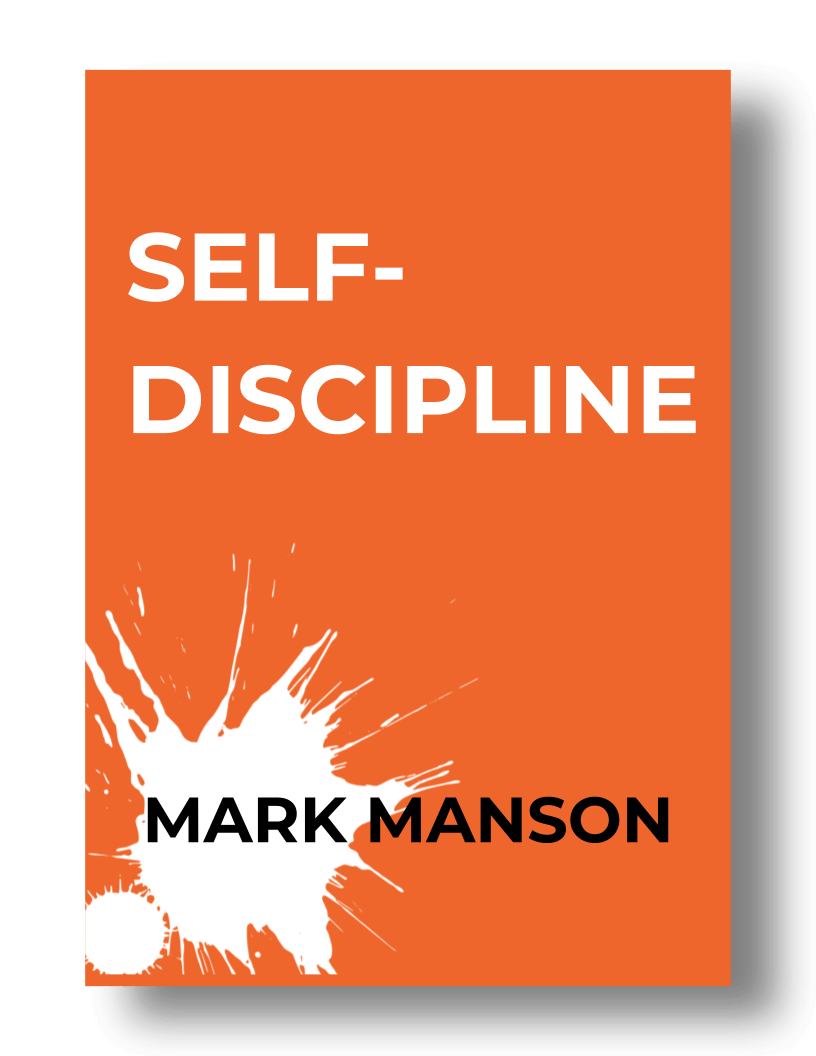Motivation: What It Is, How It Works, and Where to Find It
We all want to be motivated. We want to feel energized and excited about the things we do. We want to wake up in the morning with a sense of purpose and drive, ready to tackle the day ahead.
But the truth is, motivation is not always easy to come by.
We tell ourselves lies about what motivates us:
- We believe that we need to feel passionate about something in order to be motivated.
- We think that motivation is something that comes from within us, that it is a natural part of our personality or character.
- We believe that motivation is a feeling, and that it is something we can control.
These are all excuses we use to avoid taking action.
The truth is, we don’t need to feel passionate about something in order to be motivated. We don’t need to have a natural talent or gift in order to be motivated. We don’t need to be in the perfect situation or environment in order to be motivated.
Motivation is not just a feeling. It is a habit, a practice that we need to cultivate in our daily lives. It is not just something that we have or we don’t have, it is something that we create for ourselves.
Let’s break this down.
Table of Contents
Action Is Both the Cause and Effect of Motivation
Most people think that motivation is this elusive, magical creature that we’re all desperately chasing, hoping it will somehow magically infuse us with the energy and drive to do what we need to do.
But motivation isn’t some fairy that sprinkles you with pixie dust to get your ass off the couch; it’s actually the byproduct of taking action.
That’s right, motivation is something that emerges when you start doing stuff, not the other way around. This is what I call “The Do Something Principle” and I use it all the time when I’m not feeling very motivated.
The hardest part of any task is usually just starting it—but that’s also where the magic happens. Instead of waiting for motivation to strike, just do something—anything, really. Even if you’re stumbling and fumbling through it, you’re creating momentum.
This momentum is like a snowball rolling down a hill; it keeps growing and growing until it becomes an unstoppable force. As you take action, you begin to see progress, and progress is like jet fuel for motivation.
Your brain starts to realize that, “Hey, I can do this,” and suddenly, you’re riding the motivation wave, feeling empowered and unstoppable.
So, if you want to unleash the motivational beast within, don’t sit around waiting for it to knock on your door. Instead, take a step—any step—toward your goal and watch as motivation comes running to join you in the journey.
More Articles on Doing Something
- How to Get Motivated: The “Do Something” Principle”
- Why Goals Are Overrated (And What to Do Instead)
- The Paradox of Success (Premium subscribers only)
- The Creative Advantages of Ignorance (Premium subscribers only)
- 5 Mindsets That Create Success
- The Only Way to Be Confident
- The Breakthrough Fallacy—What Change Actually Looks Like
Get Your Shit Together — Here’s How
Your information is protected and I never spam, ever. You can view my privacy policy here.

Motivation Is an Emotional Problem With Emotional Solutions
Another key to motivating yourself is learning how to play with your own emotions. I know, I know, it sounds weird, but stay with me here.
Our brains are wired to seek pleasure and avoid pain. By gamifying a task or rewarding ourselves, we’re essentially hacking our brains and tricking them into chasing those feel-good emotions.
Now, some people think they shouldn’t have to play games with themselves like this, that they should just be able to get shit done. But trying to build motivation without leveraging emotions is an unnecessary uphill battle.
Embrace the fact that you’re a pleasure-seeking creature, and use it to your advantage.
Think about it this way: if you can turn a mundane task into something enjoyable or rewarding, you’re going to be far more likely to do it.
For example, say you want to start exercising more. Instead of dreading the very thought of putting on your sneakers, find a way to make it more enjoyable—create an epic playlist, join a fun class, or challenge a friend to a little friendly competition.
The more you can associate positive emotions with the desired behavior, the more you’ll want to do it.
You can also game your emotions by rewarding yourself. Promise yourself a small treat after completing a task, like a bubble bath or your favorite snack, and suddenly you’ll find yourself racing to the finish line.
Now, this strategy works best for short-term motivation and especially when you’re trying to establish a new healthy habit of some kind. Over time, though, you need something more durable than simple carrots and sticks.
You need the motivation of pain.
More Articles on Leveraging Your Emotions
Long-Term Motivation Is Found in Embracing the Struggles of Life
Here’s a brutal truth I’ve learned over the years: it’s not about what you want in life, but about what you’re willing to struggle for.
Lasting motivation doesn’t come from chasing shiny objects and grand visions; it comes from embracing the blood, sweat, and tears that inevitably come with pursuing something meaningful.
So, instead of daydreaming about the end result, ask yourself this crucial question: what am I willing to endure for the values I hold dear? Because the reality is, if you’re not ready to struggle for it, you probably don’t want it in the first place.
You see, life is a series of trade-offs, and true motivation is born when you decide that the struggle is worth it. It’s easy to say you want to be fit, wealthy, or successful, but are you willing to put in the hard work, face rejection, and experience failure along the way?
If the answer is yes, then congratulations! You’ve discovered the secret of long-term, durable motivation.
By focusing on the values and the process, rather than the end goal, you’ll find that motivation becomes a natural side effect of the journey. You’ll start to see setbacks as learning opportunities, and your desire to grow and improve will only intensify.
So, forget about what you want, and ask yourself what you’re willing to struggle for. Because that, my friend, is where the true magic of motivation lies.
More Articles on Embracing the Pain
Procrastination and Our Identities
Procrastination: that pesky, annoying habit that we all know too well. But what if I told you that procrastination isn’t just about laziness or poor time management?
At its core, procrastination is actually about avoiding something that threatens our very identity.
You see, we all have this self-image that we’re deeply attached to, and when a task or goal challenges that image, our brain goes into panic mode, doing anything it can to keep us safe from the perceived threat. So, we avoid, we distract, and we put things off—all in the name of self-preservation.
Addressing this requires redefining yourself in broader, more flexible ways. Instead of clinging to a rigid, narrow identity, try embracing the complexity of who you are.
For example, let’s say you identify as a perfectionist, and you’re terrified of making mistakes. Rather than letting that fear hold you back, redefine yourself as someone who values learning and growth. This shift allows you to see failure not as a threat to your identity, but as an essential part of becoming the person you want to be.
By making room for the full spectrum of human experience—successes, failures, and everything in between—you’ll find that procrastination loses its grip on you. So, go on, break free from the chains of your self-imposed identity, and watch as procrastination fades away, replaced by a newfound sense of purpose and drive.
More Articles on Diversifying Your Identity
All Articles on Motivation
Read More on Motivation
- Pain Is Part of the Process
- The Beginner Mindset (And Why I Envy You) (Premium subscribers only)
- Why Your Favorite Self-Help Book Sucks
- How to Be Successful in Life
- Why Growth Requires Struggle
- The Power (and Limitations) of Self-Belief
- How to Delay Gratification
- How to Feel Better
- How to Overcome Your Limiting Beliefs
- 5 Common Beliefs That Can Subtly Screw You Over
- How to Get Motivated: The “Do Something” Principle
- 5 Ways to Build Resilience and Conquer Adversity
- How to Build Self-Esteem (And Does It Even Matter?)
- 5 Simple Ideas That Can Change Your Life
- 5 Mindsets That Create Success
- If Self-Discipline Feels Difficult, Then You're Doing It Wrong
- Stop Trying to Change Yourself (Premium subscribers only)
- How to Get Over Perfectionism
- On Rock Music and Writing: The Fight to Stay Creative in the Face of Success (Premium subscribers only)
- The Creative Advantages of Ignorance (Premium subscribers only)
- The Paradox of Success (Premium subscribers only)
- Why Goals Are Overrated (And What to Do Instead)
- The Only Way to Be Confident
- The Breakthrough Fallacy—What Change Actually Looks Like
- The Most Important Question of Your Life
- 5 Problems With the Self-Help Industry
- 10 Reasons Why You Fail
- How I Quit Smoking For Good
